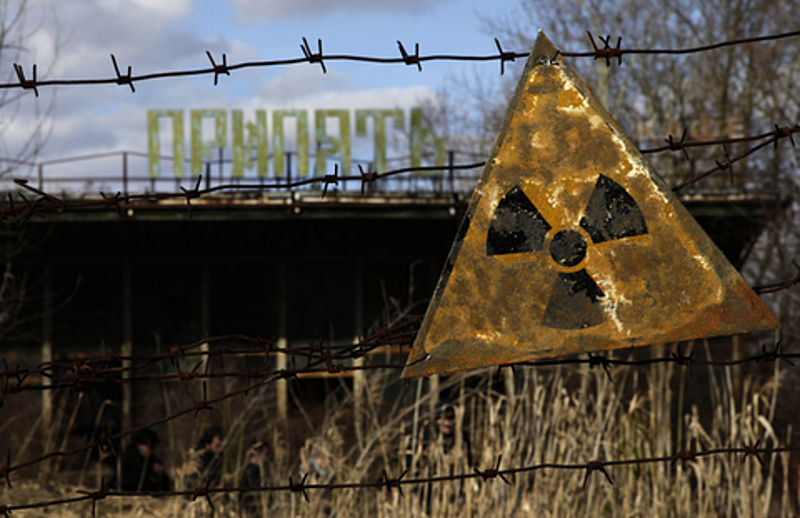In 1982, US president Ronald Reagan approved a CIA plan to sabotage
the Soviet Unions economy through covert transfers of technology that
contained hidden malfunctions, including software that later triggered a
huge explosion in a gas pipeline, according to a former White House
official.
Thomas Reed, a former Air Force secretary and member of the National Security Council, describes the episode in a book,
At the Abyss: An Insider s History of the Cold War, to be published next month.
Reed
writes that the Siberia pipeline explosion was just one example of
"cold-eyed economic warfare" against the Soviet Union that the CIA
carried out under director William Casey during the final years of the
Cold War.
At the time, the US was attempting to block Western
Europe from importing Soviet natural gas. There were also signs that the
Soviets were trying to steal a wide variety of Western technology.
Then, a KGB insider revealed the specific shopping list and the CIA
slipped the flawed software to the Soviets in a way they would not
detect it.
"In order to disrupt the Soviet gas supply, its hard
currency earnings from the West, and the internal Russian economy, the
pipeline software that was to run the pumps, turbines, and valves was
programmed to go haywire, after a decent interval, to reset pump speeds
and valve settings to produce pressures far beyond those acceptable to
pipeline joints and welds," Reed writes.
"The result was the most monumental non-nuclear explosion and fire ever seen from space." US satellites picked up the explosion.
"While there were no physical casualties from the pipeline explosion, there was significant damage to the Soviet economy."
Reed
said he obtained CIA approval to publish details about the operation.
The CIA learned of the full extent of the KGBs pursuit of Western
technology in an intelligence operation known as the Farewell Dossier.
Portions of the operation were disclosed in a 1996 paper by Gus Weiss, a
technology and intelligence expert who was instrumental in devising the
plan to send the flawed materials.
According to the Weiss
article and Reeds book, the Soviet authorities in 1970 set up a new KGB
section, known as Directorate T, to plumb Western research and
development for badly needed technology. Directorate Ts spies often
operated in Soviet delegations to the United States; on one visit to a
Boeing plant "a Soviet guest applied adhesive to his shoes to obtain
metal samples", Weiss recalled in his article.
Then, at a July
1981 economic summit in Canada, president Francois Mitterrand of France
told Mr Reagan that French intelligence had obtained the services of an
agent they dubbed "Farewell", Colonel Vladimir Vetrov, a 53-year-old
engineer who was assigned to evaluate the intelligence collected by
Directorate T.
Vetrov, who Weiss recalled had provided his
services for ideological reasons, photographed and supplied the CIA with
4000 documents on the program. The documents showed how the Soviets
were carrying out a broad-based effort to steal Western technology.
"Reading
the material caused my worst nightmares to come true," Weiss recalled.
The documents showed the Soviets had stolen valuable data. "Our science
was supporting their national defence."
The Farewell Dossier
included a shopping list of Soviet priorities. In January 1982, Weiss
said he proposed to Casey a program to slip the Soviets technology that
would work for a while, then fail.
The sabotage of the gas pipeline has not been previously disclosed, and at the time was a closely guarded secret.
The
role that Reagan and the US played in the collapse of the Soviet Union
is still a matter of debate. Some argue that US policy was the key
factor; others say that internal Soviet factors were more important,
including economic decline and President Mikhail Gorbachevs
revolutionary policies of glasnost and perestroika.


W.P


